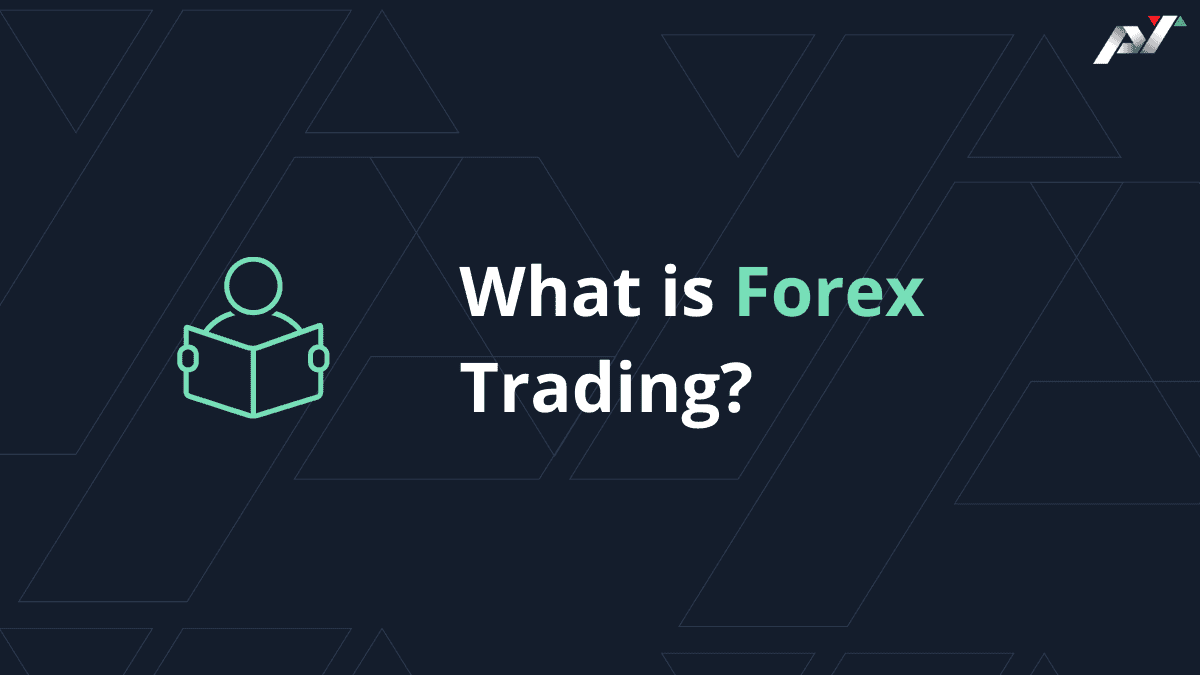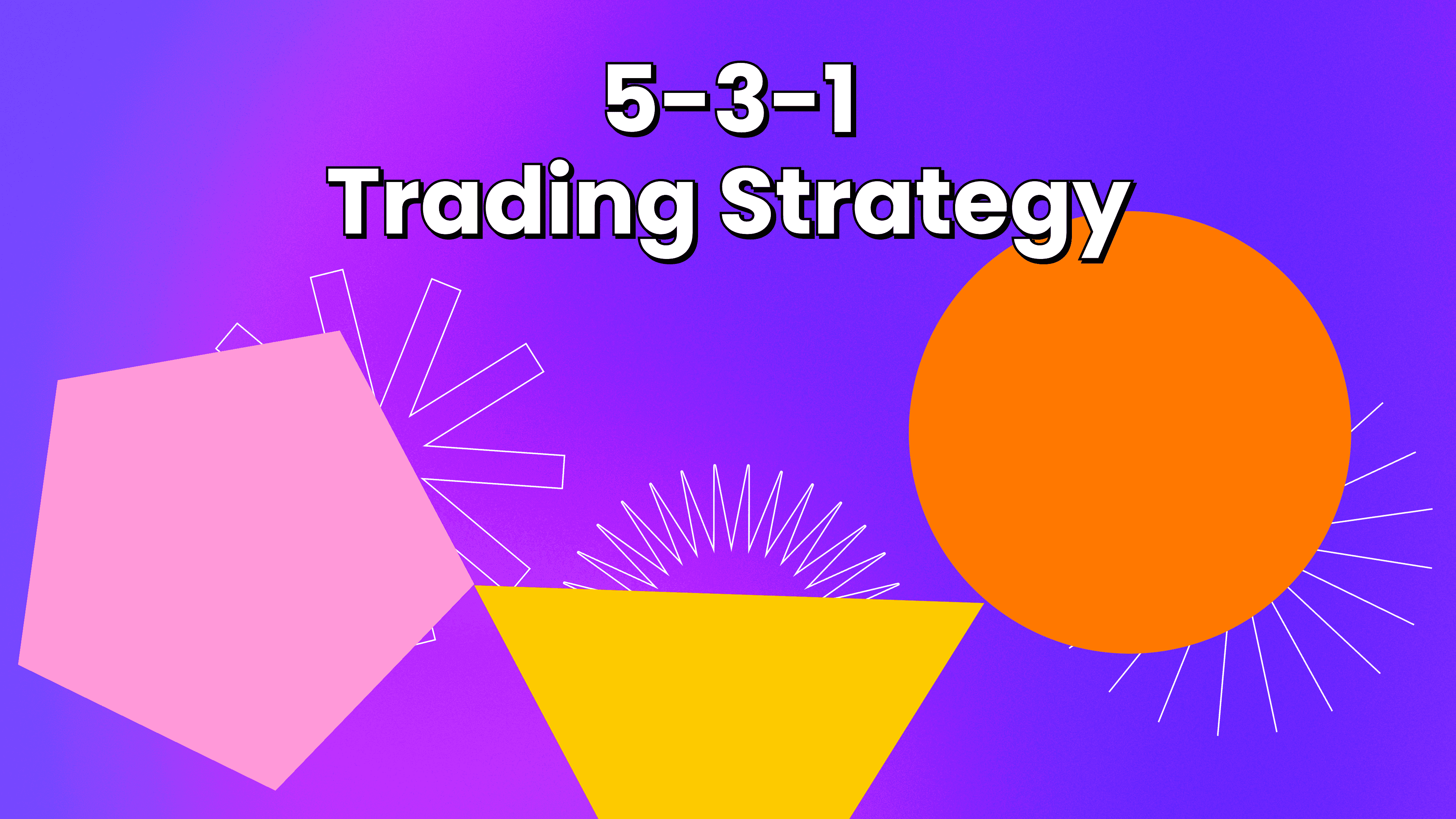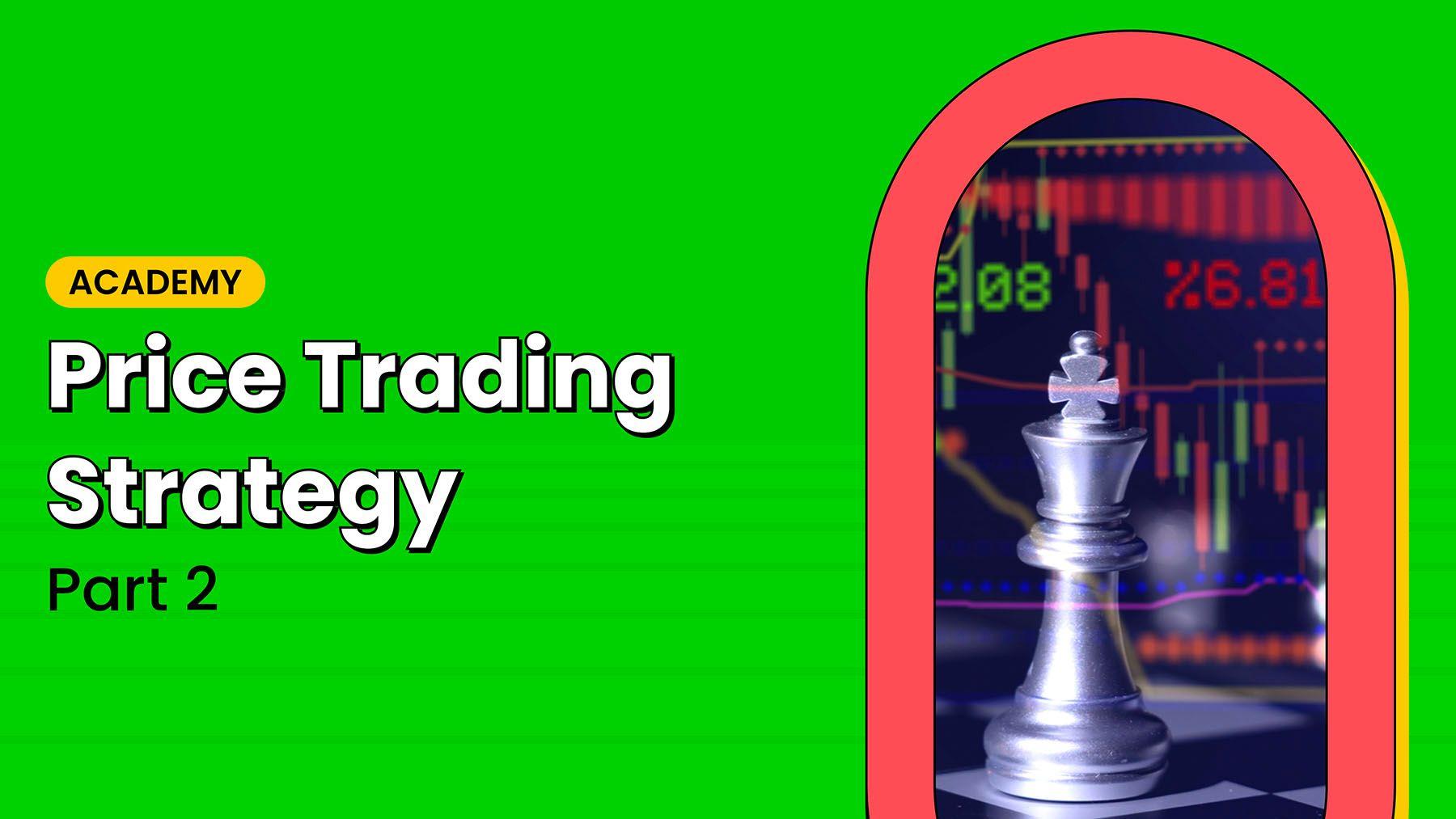What is Forex trading?






Forex trading, or foreign exchange, is the world’s largest financial market with an average trading volume of $5 trillion. Traders all over the world buy and sell one currency for another, in one of three primary markets:
Spot forex market: the purchase or sale of a foreign currency for instant delivery on a specified spot date. On the spot forex market, you see the price at which a currency can be bought immediately. That spot price is created by buyers and sellers posting buy and sell orders.
Forward forex market: forward markets deal in prices that settle later than spot. In the case of forex, transactions involve Over the Counter (OTC) contracts to buy or sell a specified amount of a currency at a certain price at a future date.
Forex futures market: Forex futures are standardised futures contracts to buy or sell currency at a set date and contract size. Unlike the forex forward market, futures contracts are publicly traded, non-customisable in terms of contract size and settlement procedures, and guaranteed against credit losses by an intermediary known as a clearing house.
The basics of forex trading
Most forex trading activities involves the currencies of some of the world’s largest economies including US dollar (USD), Japanese yen (JPY), British pound (GBP), euro (EUR), Swiss franc (CHF), Canadian dollar (CAD), Australian dollar (AUD), New Zealand dollar (NZD), Gold (XAU), and Silver (XAG).
The two currencies traded against each other are referred to as currency pairs. To read a currency pair, the first currency is known as the ‘Base’ and the second currency is the ‘Quote’.
For example, if you buy the USD/JPY currency pair, it means you are buying US dollar (the base) while selling Japanese yen (the quote). When USD strengthens against JPY you make a profit, if it weakens you make a loss. The exchange rate for the currency pair is reflected in the quote currency. For example, if USD/JPY reads 103.410, then that means 1 USD equals 103.410 JPY.
There is a long list of forex trading terms and jargon, but to understand the basics you need to at least know the following forex terms:
Bid: the price at which a trader is willing to buy the currency pair
Ask: the price at which a trader is willing to sell the currency pair
Spread: the difference between the Bid/Ask (Buy/Sell) price for a currency pair
Exchange rate: the value of a base currency against a quoted currency
Pip: the smallest amount by which a currency quote can change
Leverage: A construct that lets you trade higher amounts with less capital, often used in CFD trading
Types of currency pairs traded on forex markets
Currency pairs traded in forex markets fall into three different categories: Majors, Minors, and Exotics. All Major pairs include the US dollar as it's the world's leading reserve currency, and they make up for about 80% of total forex trading on a daily basis.
The major currency pairs are:
- EUR/USD
- USD/JPY
- GBP/USD
- USD/CHF
- USD/CAD
- AUD/USD
- NZD/USD
Minor currency pairs, or cross-currency pairs, don’t include USD but still involve the world’s largest currencies:
- EUR/GBP
- EUR/JPY
- EUR/AUD
- CHF/JPY
- NZD/JPY
- GBP/JPY
- GBP/CAD
Exotic currencies are associated with developing or emerging markets. They are thinly traded in forex markets and not widely used in global financial transactions. Examples of exotic currencies are:
- Thai Baht (THB)
- Indonesian Rupiah (IDR)
- Vietnamese Dong (VND)
- South African Rand (ZAR)
As volume attracts more volume, major currency pairs typically have tighter spreads compared to exotic pairs, plus it’s easier for traders to enter and exit large positions in liquid markets.
What drives the prices in the forex market?
The fundamentals that move the forex market include a wide range of factors, that are all slightly different between currencies. For example, sentiment around major currencies like USD will largely depend on the (predicted) health of the US economy and the interest rate differential, whereas exotic currencies will often move in relation to changes in the political landscape.
However, broadly speaking, forex traders develop positions by looking at:
Economic data
Factors such as the state of the economy, unemployment rates, inflation rates, and trade balances all impact the relative value of international currencies. Forex traders must keep up with global financial news and dig into in-depth reports.
Central banks
Policy changes initiated by central banks such as interest rates or money supply adjustments can move markets dramatically.
These dynamics factor into what is known as fundamental analysis. Savvy forex traders perform technical analysis, integrating a range of technical indicators and charting tools, to augment findings from fundamental analysis and determine specific open and close positions depending on their forex trading strategy.


